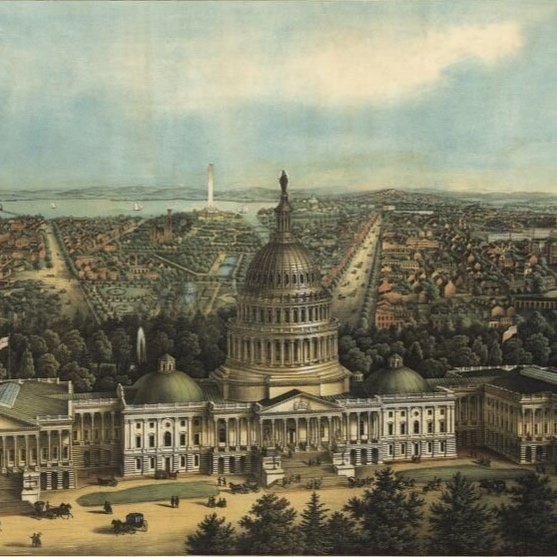
Period 4: 1800-1848
#29 - Contextualizing Period 4
This lecture covers the major events of the entire unit. It covers the context in which the republic developed from 1800 to 1848. The notes packet includes short answer writing practice and a secondary source on the growth of white male suffrage in the 1820s.
#30 - 4.2 The Rise of Political Parties and the Era of Jefferson
The second lecture of this unit explains the causes and effects of policy debates in the early republic. The notes packet includes short answer practice and two primary sources that show a growth of partisanship in politics.
#31 - 4.3 Politics and Regional Interests
This lecture explains how different regional interests affected debates about the role of the federal government in the early republic. The notes packet includes short answer practice and two primary sources on the abolition debate.
#32 - 4.4 America on the World Stage
This lecture explains how and why American foreign policy developed and expanded over time. The notes packet includes short answer practice, context and thesis writing practice, and primary sources that cover America’s foreign policy with Natives and Europe.
#33 - 4.5 Market Revolution: Industrialization
This lecture introduces the Market Revolution and the causes for its development. It also looks at the causes of the innovations in technology, agriculture, and commerce over time. The notes packet includes short answer practice, primary sources on the expansion transportation infrastructure, and a secondary source on women and the early Industrial Revolution.
#34 - 4.6 Market Revolution: Society and Culture
This lecture continues to talk about the impacts of the Market Revolution but focuses more so on the societal effects of it. The notes packet includes short answer writing practice and primary source documents on the impact of the Market Revolution on the role of women in America.
#35 - 4.7 Expanding Democracy
This lecture explains the causes and effects of the expansion of participatory democracy from 1800 to 1848. It covers the development of universal white male suffrage in the United States. The notes packet includes two primary sources in which Americans petition for the protection of their voting rights under different circumstances.
#36- 4.8 Jackson and Federal Power
This lecture cover the causes and effect of continuing policy debates about the role of the federal government as it relates to Andrew Jackson’s presidency. It covers the issue of nullification, the bank war and Indian removal. The notes packet includes short answer writing practice and primary sources on the government’s conflicts with Natives over land.
#37 - 4.9 The Development of an American Culture
This lecture explains how and why a new national culture developed from 1800 to 1848. It covers the various elements of culture like art, literature, and architecture. The notes packet includes short answer writing practice, a primary source by Ralph Waldo Emerson and a secondary source on Transcendentalism.
#38 - 4.10 The Second Great Awakening
This lecture covers the causes of the Second Great Awakening and ties it to the rising popularity of democratic and individualistic beliefs, the Market Revolution, and social mobility. The notes packet includes short answer writing practice and two primary sources from Second Great Awakening preachers, Lyman Beecher and Charles G. Finney.
#39 - 4.11 An Age of Reform
This lecture explains how and why various reform movements developed and expanded from 1800 to 1848. It goes into three main types of reform movements, voluntary organizations, abolition, and women’s rights. The notes packet includes short answer writing practice, and primary sources from each of the previously mentioned movements.
#40 - 4.12 African Americans in the Early Republic
This lecture explains the continuities and changes in the experience of African Americans from 1800 to 1848. It covers the antislavery movement and the efforts of resistance by enslaved people. The notes packet includes short answer writing practice and two primary sources, the first is Nat Turner’s confession and the second is a speech by Frederick Douglass.
#41 - 4.13 The Society of the South in the Early Republic
This lecture explains how geographic and environmental factors shaped the development of the South from 1800 to 1848. It covers the South’s reliance on cotton and slavery to grow its economy. The notes packet includes short answer writing practice and primary sources from white southerners defending the institution of slavery.
#42 - 4.14 Causation in Period 4
This lecture wraps up all of the content from the unit and frames major developments in the form of cause and effect relationships. The notes packet includes short answer practice and a secondary source about abolition in the Antebellum United States.



